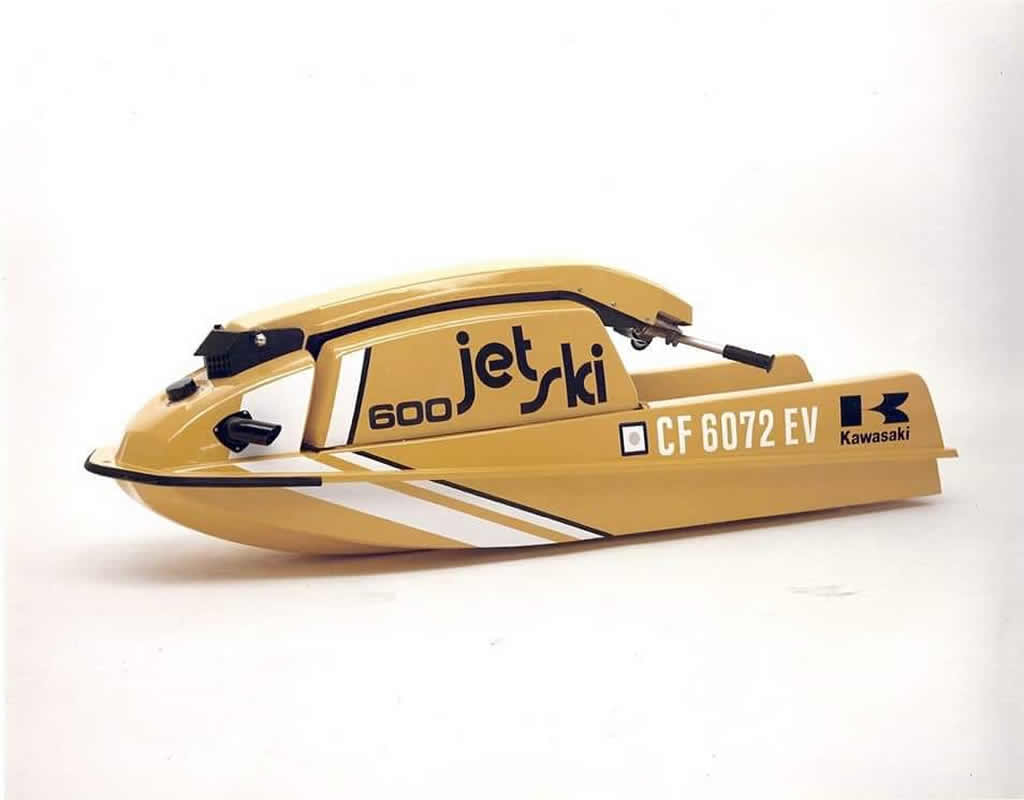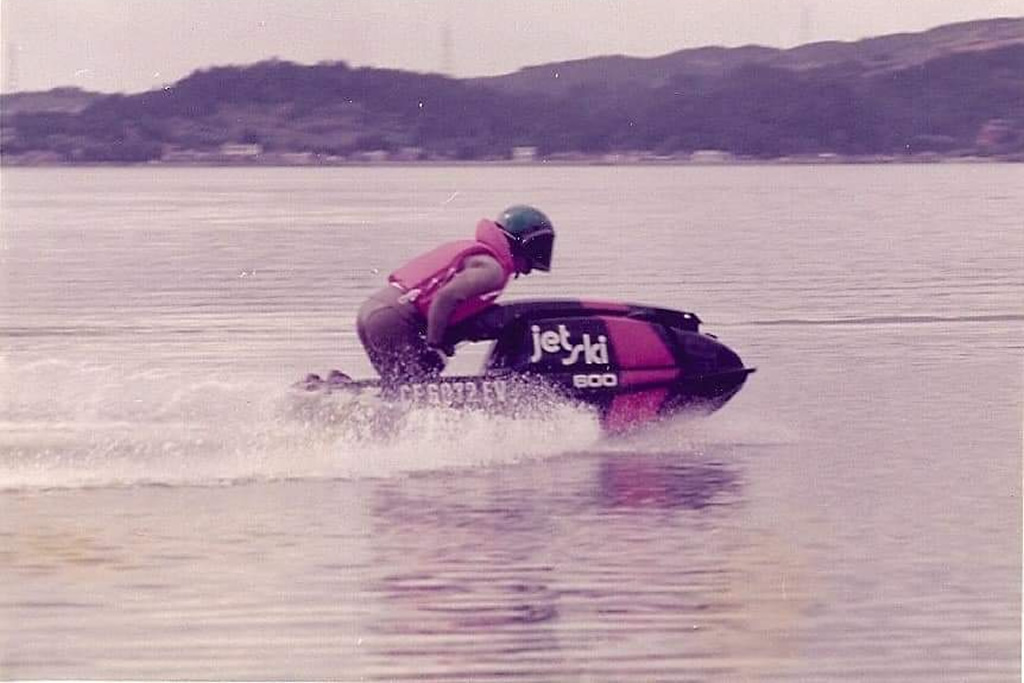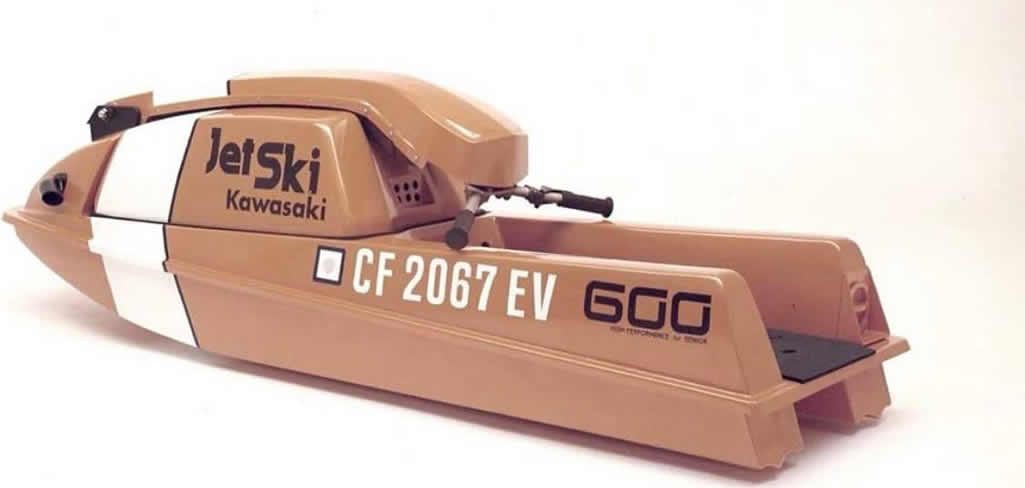In the early 1970s, the advent of personal watercraft reshaped marine recreation, thanks largely to innovations by Kawasaki. The company's jet ski models, particularly the JS440 and JS550, became synonymous with high-speed water sports. However, amidst these successful models lies the enigmatic tale of the JS600—a prototype that never reached production. This article delves into the developmental histories of these models, the evolution of jet ski technology during that period, and the possible reasons why the JS600 remained a mysterious footnote in Kawasaki's storied legacy.

The JS440: Beginning of a New Era
Launched in the mid-1970s, the Kawasaki JS440 quickly became a staple for watercraft enthusiasts. It was one of the first mass-produced jet skis, a fact that contributed to its broad appeal. Despite its pioneering status, early feedback from testers like Bob Phares and Rusty Sherman suggested that the JS440 was underpowered. The craft's performance, although revolutionary, was deemed insufficient for competitive racing and high-speed recreational use. This feedback was crucial as it highlighted the need for more robust engines and better handling capabilities in personal watercraft.
Development and Testing of the JS600
Responding to the critiques of the JS440's power limitations, Kawasaki began to explore more powerful alternatives. This exploration led to the development of the JS600 prototype around 1973. Unlike its predecessors, the JS600 featured a completely redesigned fiberglass hull, which was a departure from the traditional designs seen in earlier models. Early tests conducted by John Silverston in 1975 and 1976 highlighted significant improvements in the hull design and handling.

Bob Phares mentioned this ski has two paint jobs, one side white the other black and red.
The JS600 prototypes were noted for their white color and distinct hull configuration, which differed greatly from the later JS550. These prototypes reportedly offered better power and agility, catering to the demands of competitive racers and power-hungry enthusiasts. Despite these advancements, the JS600 never transitioned into production.
The Rise of the JS550 and the Discontinuation of the JS600
By the late 1970s, Kawasaki shifted focus towards the development of the JS550, which eventually launched and garnered widespread acclaim. The JS550 offered an optimal balance of power, handling, and reliability, attributes that perhaps were intended to be pioneered by the JS600. The JS550’s success was so profound that it effectively overshadowed the need for a model like the JS600, which might have been perceived as too advanced or costly for mass production at the time.
Speculations and Theories: Why the JS600 Never Made It
The decision to halt the JS600’s production is shrouded in speculation. Several factors might have contributed to this decision:
- Cost and Manufacturing Complexity: The advanced design and materials of the JS600 could have resulted in higher production costs, making it less commercially viable.
- Market Readiness: The market might not have been ready for such a high-powered machine, especially given the broader consumer base’s familiarity with the more modest capabilities of the JS440.
- Strategic Focus: Kawasaki might have decided to concentrate resources on the JS550, which promised a better return on investment due to its more balanced features.
A Lost Piece of Jet Ski History
The story of the JS600 remains a fascinating chapter in the history of personal watercraft. While only a few prototypes were ever produced, its development played a critical role in the evolution of jet ski technology. Experts and enthusiasts who were around during its testing phase, or who have insights into Kawasaki’s strategic decisions during the 1970s, might be able to shed more light on this intriguing mystery.

If you have additional information or personal stories about the JS600, please feel free to share them here. Gaining a deeper understanding of this elusive prototype could offer significant insights into the evolution and history of jet ski technology.